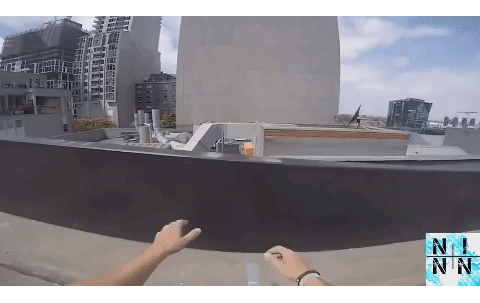ePortfolio Assignment 4: Identity Development
THE DEVELOPMENT OF THE BIG FIVE DISPOSITIONS FROM CHILDHOOD TO ADULTHOOD
The maturity principle states the idea that changes in mean levels of the Big Five are directed as to what will make them a functioning member of society (Caspi et al., 2005). Generally, almost all of the dimensions increase as adolescents transcend into adulthood. Specifically speaking, the average levels of agreeableness, neuroticism, and conscientiousness tend to increase at this period. Extraversion in terms of being socially dominant increases from adolescence to adulthood while extraversion in terms of sociability displays the same increase but shows very small changes in adulthood. The openness [to experience] dimension also shows an increase at this transition period but plateaus in adulthood. This dimension also gives way to identity exploration because it gives adolescents the ability to be more open to newer ideas and find what specific things they like doing.
SENSATION SEEKING AND IDENTITY EXPLORATION

While a lot of people see adolescent characteristics such as invincibility and sensation seeking as being self-centered and careless, researchers propose that these characteristics help in identity exploration. Sensation seeking provides individuals the chance to explore and discover new options without the fear of being embarrassed or rejected by people. In the high school setting, teens that do challenging activities or express themselves in a different/new way are seen as “cool” by other teens. Instead of being ridiculed for their boldness, they are looked up to and this promotes identity exploration more.
While sensation seeking help adolescents explore, it should be done with positive motives. Engaging in behaviors that are considered to be risky such as heavy drinking, going out, and partying in the “now or never” context might either provide personal growth outcomes or health problems. Participation in these kinds of activities for the reason of not being able to do them when they enter the adult life is not a good motive because there’s a 50/50 percent chance of either growing as a person or completely ruining yourself.
Rather, engaging in sensation seeking activities with the hopes of finding personal life meaning poses less dangers and more positive outcomes. High risk activities will provide a sense of personal growth when it is reflected upon. It is the basic idea of trying something new just to see if you like it or not. It may be as simple as trying out a new dish at a restaurant or as extreme as trying skiing for the first time. No matter what the activity is, it is important to reflect what you liked and/or learned from it. Do you think that trying skiing confirms that you love the rush of sliding through the white snow and being invigorated by the cold breeze? Reflections like these provide the chance to get to know yourself better and find things that you truly enjoy and eventually be a part of your identity. I remember trying hiking for the first time and how I considered it high risk because of being alone in an area where I’m completely vulnerable to all sorts of dangers. I learned that despite all the perils, I found the comfort of nature and I could get lost in it for hours and hours. Now when someone asks me what I do for fun, hiking is the first thing I say.
I would say that I participate in sensation seeking activities for the purpose of discovering new sides of myself instead of just doing them for the sake of it. Upon taking the Sensation-Seeking scale, I scored a 12 which means that I only have a moderate need for a high level of stimulation. I am completely satisfied with trying a few new things here and there but I would not go to the extreme such as skydiving because I still play on the safe side. To me, I would not risk my life just to try out something because I wanted to. I feel like every activity has a reason as to why I’m doing it and I have a greater purpose than endangering my life over something that I might not even benefit from.
